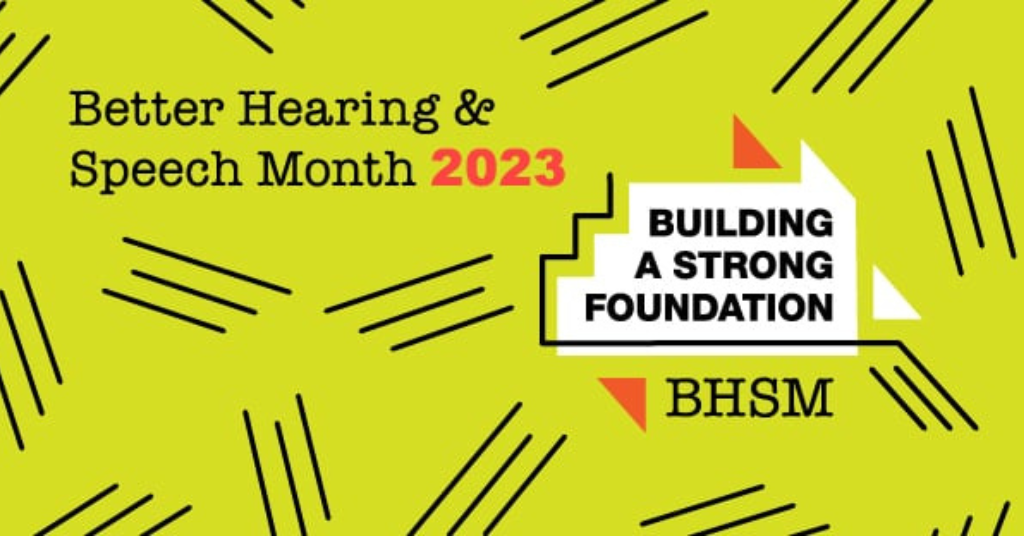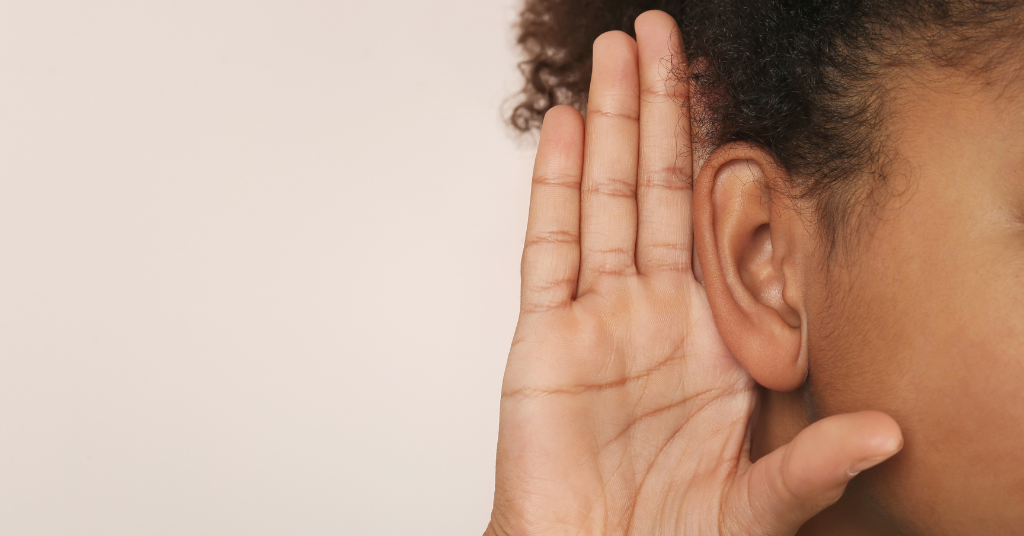
I Don’t Hear Very Well
March 7, 2014
Hearing Protective Devices in Everyday Life? You Bet.
March 27, 2014Highs and Lows: Understanding Frequency and Pitch

Part 2 in our Hearing Protection Series | See Part 1
For many people with hearing loss, hearing protection is a big deal. It’s important to protect whatever level of hearing ability you still have. Our Hearing Protection Series of blog posts takes an in-depth look at hearing protection.
“Frequency” and “pitch” are common terms in any discussion of hearing, but what exactly are they?
You probably already understand the basics. For example, “I eat cookies frequently” means that your cookie-eating occurrences come close together. With sound, “frequency” refers to how close together the sound waves are.
Sound is created by vibration. Tap a tuning fork against the table and its tines vibrate, causing a sound wave to move away from it. Sound waves can come close together (high frequency) or further apart (low frequency). Frequency is measured in Hertz (Hz), where 1 Hz = 1 vibration / second. (Learn more about the science here.)
The sensation of a sound wave’s frequency is called pitch. A high-frequency sound, such as a dog whistle, is called “high-pitched,” and a low-frequency sound, like a bass drum, is “low-pitched.” Some pitches, or frequencies, are easier for humans to hear than others. Human hearing in the normal range can detect sounds of frequencies between 20 and 20,000 Hz; dogs, between 50 and 45,000 Hz. Dolphins can detect frequencies as high as 200,000 Hz!
Speech includes a mix of low- and high-pitched sounds:
- vowel sounds like a short O, as in the word “hot,” have low frequencies (250 to 1,000 Hz)
- consonants like S, H, and F have higher frequencies (1,500 to 6,000 Hz)
Looking at an audiogram, you can see how a person’s ability to hear these sounds will affect the ability to understand language. In the next post in this series, you’ll see how human perception of frequency matters in rating hearing protective devices.




